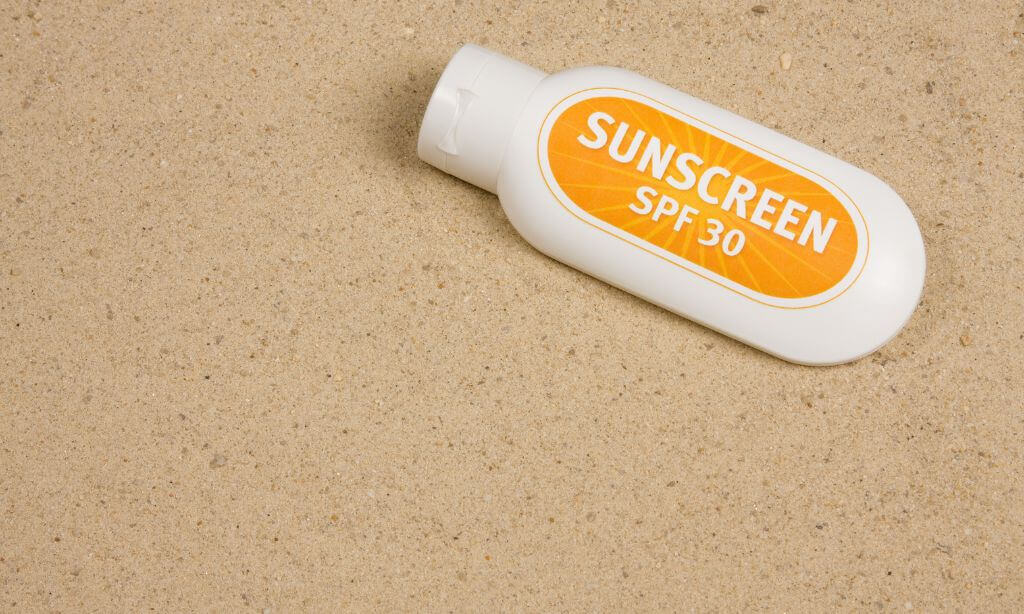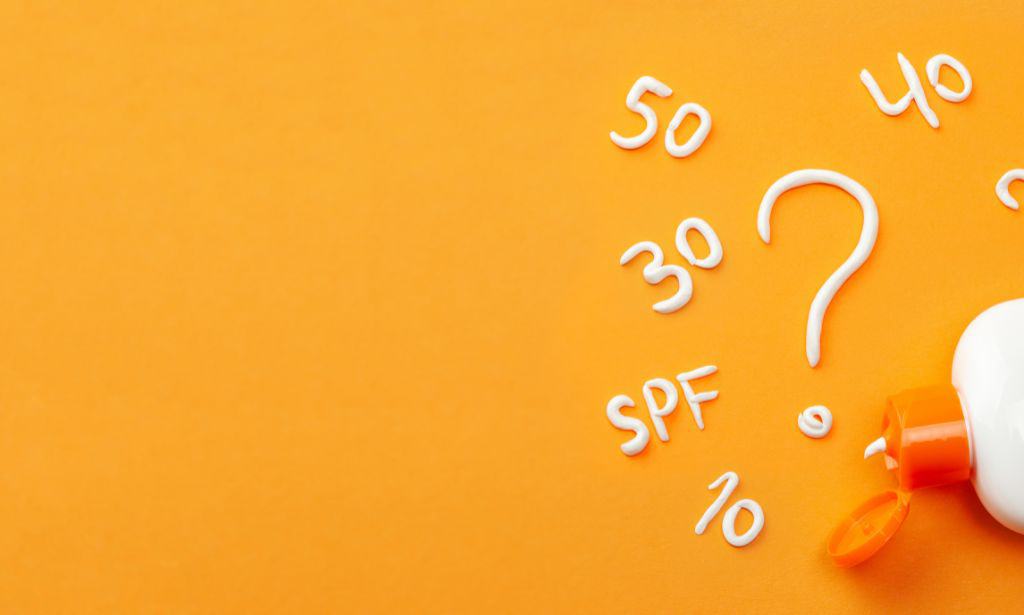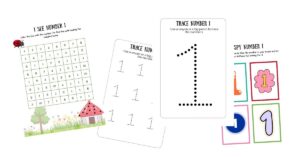In a previous article Zinc VS Chemical Sunscreen, we stated that kids should use sunscreen with SPF 30 or more. This is the minimum SPF rating recommended by the AAD, which means you can go higher.
But if you have shopped for kid’s sunscreen lately, you have probably noticed that a higher SPF rating comes with quite a hefty price. So like me, you may be wondering, is SPF 50 better than SPF 30? Is it worth the higher price tag, and between the two, which one should you use for kids?
Theoretically, SPF 50 sunscreen blocks 1.3% more harmful UV rays than SPF 30. That 1.3% allows the child to stay outside a little longer without sunburn, so it’s better than SPF 30 sunscreen.
But as top dermatologists will tell us, the SPF rating in sunscreen means very little once it’s above 30, and we will see why in a bit.

What’s the difference between SPF 30 and SPF 50?
To understand the difference between the two, let’s look at what SPF means. The sun protection factor, or SPF in short, is a measure of how long it takes sun rays to burn your skin or cause redness when you are wearing sunscreen compared to if you weren’t.
It also means how much UVB rays the sunscreen is able to absorb or deflect (depending on the type of sunscreen) before they start penetrating your skin. For instance, SPF 30 means the sunscreen will hold off sunrays 30 times as long, while SPF 50 does it 50 times as long if applied correctly.
Please note that this does not refer to the time of solar exposure but the amount/intensity of sun rays you get.
But again, this is theoretical because sun protection is subjective on factors such as how close you are to the sun rays, your skin tone and condition and also how exposed you are to the sun. The SPF factor of any sunscreen is determined in a laboratory and not in real-life issues, which means that 50 is not realistic.
Secondly, you must know that no sunscreen offers 100% protection from UV rays. The lowest protection is 75% from products with an SPF rating of 6-10. Anything between 15 and 25 offers 93% protection, and SPF 30-50 offers 96-98% sun protection. SPF 75-100 will only add a decimal point to that 98% protection so the higher price tag is not worth it.

But before we close the SPF definition, it’s important to note that SPF only refers to protection against UVB rays.
Sun rays that reach our skin are classified into UVB and UVA. UVB rays are responsible for sunburns, redness and also skin cancer, while UVA rays cause skin damage, skin ageing, wrinkles and skin cancer. More on UVA rays later.
Let’s go back to the differences between SPF 30 and 50 ratings.
| SPF 30 | SPF 50 |
| Allows 1/30 of sun’s UVB rays to penetrate your skin. Blocks 96.7% of harmful rays. It takes 30 times longer for skin to burn. You must reapply after 120 minutes | Allows 1/50 of the sun’s rays to penetrate your skin. Blocks 98% of harmful raysIt takes 50 times longer for skin to burn. It allows you to reapply every 150 minutes instead of 120. Better for higher elevation places like mountains and valleys. |
SPF 30 Advantages
- SPF 30 is the recommended rating by the Skin Cancer Foundation and the AAD.
- It helps protect kids and adults from skin cancer later in life.
- Offers everyday protection against sun rays that penetrate through windows while driving or sitting at home.
- Provides sufficient protection against harmful sun rays on cloudy days and winter.
SPF 50 Advantages
- SPF 50 provides more protection against harmful UVB rays than SPF 30.
- It protects the skin for a more extended period, at least 30 minutes longer.
- It’s better protection when you are at a high elevation surface skiing or hiking.
- SPF 50 is better if you have sensitive or delicate skin, lighter skin tone or prolonged sun exposure.
What about UVA Rays?
As mentioned above, SPF does not protect you against UVA rays, which are more harmful to your skin. They cause serious skin damage, premature ageing and discoloration, not to mention skin cancer.
For UVA rays, you need a sunscreen that says broad-spectrum with a number after that. The higher the number (1-5), the more protection you get from UVA rays.

Why SPF 50 is Not Always Better
As much as SPF 50 sunscreen products provide 1.3% more and longer protection than SPF 30, the protection is theoretical in most cases.
According to board-certified dermatologist Dr. Joel Schlessinger, higher SPF tends to give people a false sense of protection. For example, you may think you can stay longer in the sun because you have applied SPF 50 sunscreen or apply less amount. People also think they can expose themselves to direct sunlight more if they use sunscreen with higher SPF.
While it is indeed stronger, SPF 50 does not give you the leeway to roast your skin in direct sunlight or stay outside for hours. As a rule, you should always reapply sunscreen every two hours or immediately after a swim or wiping yourself with a towel due to sweat.
And regardless of the SPF rating, you must apply enough sunscreen on your skin for it to offer adequate protection. Studies show that most people only use a quarter of what is required, meaning the sunscreen doesn’t work as it should.
So, how much sunscreen should you apply? The AAD recommends a shot glass full for your entire body, or at least the exposed parts. We say a teaspoon for each area to ensure the skin is fully covered. You can reduce this amount by half for babies because their body parts are smaller.
Beyond Sunscreen and SPF
SPF 30 or 50 sunscreen: Which one should you use on kids? For all intents and purposes, SPF 50 sunscreen is better for kid’s delicate and sensitive skin. The extra protection will go a long way for kids than it would on adults whose skin has hardened with time.
That said, SPF rating should only be one of the things you look at when choosing a sunscreen for kids. Ensure all the ingredients therein are safe for kids and that the sunscreen is broad-spectrum and water-resistant. We recommend mineral sunscreen over chemical sunscreen for kids because natural ingredients are safer for their skin and overall health.
Finally, sunscreen should not be the number one protection against sun rays for kids or adults. As we said, even sunscreen with SPF 100 and broad spectrum cannot protect you 100% from harsh sun rays. Other measures such as wearing proper clothing, using an umbrella or sun shade and avoiding the harshest hours of sunlight, must come first.
Once you do this, sunscreen will only be the cherry on top, and it won’t matter which SPF rating it has.




